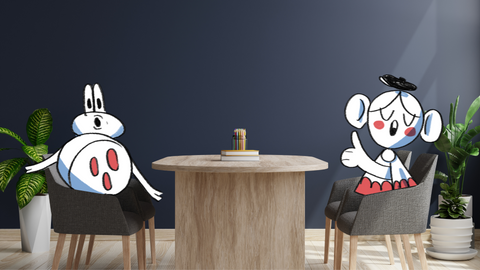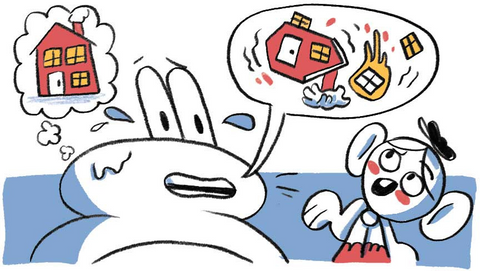Episode 1 of Storyteller Tactics' Kickstarter launch campaign was brought to you by Five T's and Downfall.
My mouth went dry.
My clever networking ploy was turning to dust. I kept the conversation going, made pleasant noises, but my heart was sinking. What a disaster.
I was backstage at a conference on innovation, trying to schmooze the keynote speaker. I wanted him to think “this guy’s written a book on creative techniques! I should hire him!”
But he was telling me stories from the multi-billion pound construction project he was working on, from the twenty years of practical innovation he’d led.
And I was thinking “Oh crap. What have I got to offer him?”
I went home wondering “what have I got to offer? What can I tell twenty years worth of stories about? This guy loves his work - I feel a bit of a fraud. He can tell stories to show what innovation means - I’m relying on theories.”
But, here’s a funny thing. During our conversation, I got better stories out of my innovation expert than he’d presented in his keynote. I guess that’s what I’m best at. Stories.
I realised I was a storyteller pretending to be an innovator.
Maybe it’s time to change.
To be continued...
Hi! I'm Steve Rawling.

This story is about the moment I gave up trying to teach creative techniques and decided to become a Storyteller.
It’s what I’d been doing for 25 years as a journalist. I was good at it. And secretly, I loved being the centre of attention whenever I said “Hey, I’ve got a great story!”
Since then, I’ve helped thousands of people - at Google, the BBC, IDEO, Accenture and elsewhere - tell great stories about their work.
Each week, I’m going to tell you a story about everyday design folk like you. Then I’ll show you the Tactics behind the story. We’ll put them on the website, so you can try yourself.
So, here are the tactics I used to tell this story:
Five Ts

A good story has five T's - Timeline, Turning Points, Tension, Temptation and Teachable Moments. My “foundation” story jumps around the timeline, but starts with the moment of maximum tension. You want to know how I got into this mess and what happens next, so you stick with the story to find out.
Downfall

Not every story has a happy ending (think Kodak, Nokia or Macbeth). But we learn a lot from other people’s fuckups, so everyone likes to read a downfall story. You can give yours a “happy” ending by holding out the hope of redemption.
See the Downfall tactic.
Next episode: Cassie contends with hearing the naive, fateful instruction of “just make it look nice”.









